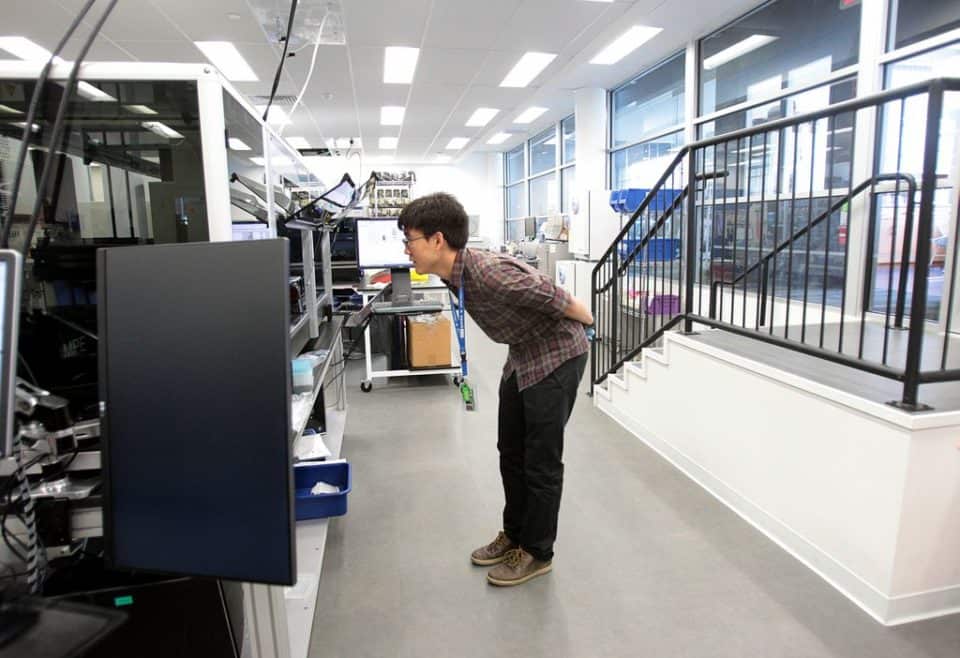News
Updated February 7, 2022, 2:15 a.m.

In “Hiring woes may dampen biotech’s sizzle” (Page A1, Jan. 31), Anissa Gardizy points out that the pipeline of qualified workers is not keeping up with the demand of the life sciences industry. Indeed, according to MassBioEd’s 2021 Life Sciences Employment Outlook for the state, the employment base has grown 67 percent over the last decade and is expected to add more than 20,000 new jobs by 2024. Yet only about half of fourth- and eighth-graders in Massachusetts demonstrate proficiency in math and science. And nationwide, the rate of conferrals of doctorates in a life science-related field has been flat over the past four years.
The solution is to expand the pool of qualified workers to include those traditionally left out of the industry, including People of Color. We need a dual strategy of creating a pipeline of college and graduate students by educating and exciting K-12 students to pursue a career in the industry, and developing creative alternatives to higher education such as apprenticeship programs to provide trained talent now.
Employers competing against each other for the same workers isn’t effective. We need to expand the pie of workers.
Sunny Schwartz
CEO, Massachusetts Biotechnology Education Foundation
Cambridge

 MassBioEd
MassBioEd